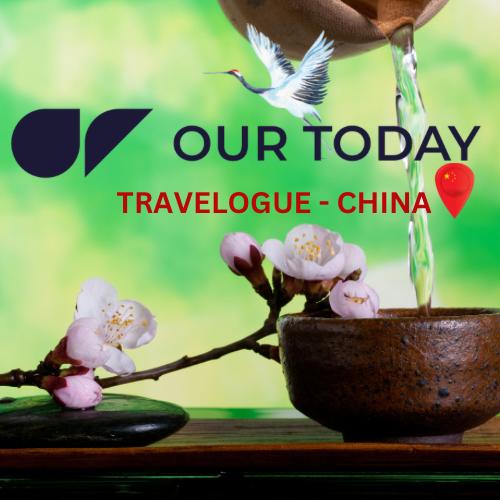

Tiffany Holman/Our Today Writer
The Moshikou Historical and Cultural Preservation Area is located in the southwestern suburbs of Beijing, China.
It is a well-preserved ancient village that dates back to the Ming (1368-1644) and Qing (1644-1912) dynasties. The area is a fascinating example of traditional Chinese architecture and cultural heritage, providing visitors with a glimpse into the daily life and customs of ancient Chinese society.
The Moshikou Historical and Cultural Preservation Area covers an area of 33,000 square metres and is comprised of three main parts: the East, Middle, and West sections. Each section has its own unique features and attractions, making it a popular destination for tourists interested in Chinese culture and history.
WELL-PRESERVED COURTYARD HOUSES
The East section of the Moshikou Historical and Cultural Preservation Area is the main area for sightseeing. It is characterised by its well-preserved courtyard houses, which are typical of Ming and Qing dynasty architecture. The houses are arranged in a symmetrical pattern around a central courtyard, with each room opening onto the courtyard. Visitors can explore the houses and get a sense of how people lived during this period in Chinese history.
One of the most impressive features of the East section is the Wang Family Courtyard, which is a complex of courtyard houses built by the Wang family during the Ming dynasty. The complex covers an area of 15,000 square metres and contains over 100 rooms. The courtyard is surrounded by high walls and has four entrances, each with a gate tower. The Wang Family Courtyard is a magnificent example of traditional Chinese architecture and is a testament to the wealth and power of the Wang family during the Ming dynasty.
The middle section of the Moshikou Historical and Cultural Preservation Area is home to the Moshikou Temple, which was built during the Qing dynasty. The temple is dedicated to the goddess Mazu, who is revered as the protector of sailors and fishermen. The temple is surrounded by beautiful gardens and is a peaceful retreat from the hustle and bustle of the city.
The west section of the Moshikou Historical and Cultural Preservation Area is home to the Shangfang Valley, which is a picturesque valley that has been designated as a national forest park. The valley is home to a variety of rare plant and animal species, making it a popular destination for nature lovers. Visitors can explore the valley on foot, taking in the natural beauty of the area.
MUST-VISIT SITE
The Moshikou Historical and Cultural Preservation Area is not only a popular tourist destination, but it is also an important site for cultural heritage preservation. The area has been designated as a National AAAA-level Tourist Attraction, and has received numerous awards for its preservation efforts. The local government has implemented a range of measures to protect the area, including renovating and restoring ancient buildings, improving infrastructure, and promoting sustainable tourism.
This preservation area is a must-visit site for anyone interested in Chinese culture and history. The area provides a fascinating glimpse into the daily life and customs of ancient Chinese society, and is a testament to the wealth and power of the Ming and Qing dynasties. With its well-preserved architecture, beautiful gardens, and natural beauty, the Moshikou Historical and Cultural Preservation Area is a treasure trove of Chinese cultural heritage, and a place that should not be missed by any visitor to Beijing.







Comments